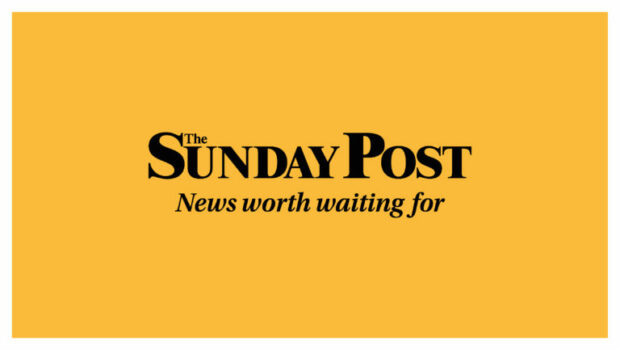
Of all the many reports ordered into Police Scotland’s unlawful targeting of journalists’ sources, Mike Barton’s was the most authoritative.
Then chief constable of Durham, Barton detailed how in 2015, when confronted with newspaper reports revealing a forgotten suspect in a 10-year-old murder investigation, our national force sprang into action…to find those officers assumed to be speaking to the journalists, including Jim Wilson, now editor of this paper.
The police would not reopen the actual murder investigation, which cannot be identified for legal reasons, for another seven weeks and only then after being ordered to do so by the Lord Advocate.
In his report, Operation Seastorm, Barton picked apart the corporate failures, personal ineptitude, and professional recklessness that led to the now-defunct Counter Corruption Unit becoming serial law-breakers in their search for whistleblowers. He then made a series of recommendations.
Police breach journalist’s rights after launching an unlawful hunt for sources
His principal concern seemed important then but, given the failure of Police Scotland to engage in any meaningful way with Wilson’s complaint to the Investigatory Powers Tribunal, seems as important now.
He said: “Observation One: Police Scotland failed to engage, apologise and deal with the evolving issues. It is difficult to argue that, from a complainant’s perspective, no one at a senior management level has accepted responsibility for the unlawful actions of the force and interacted with those adversely affected in a positive manner.”
He continued: “Police Scotland have been over reliant upon the use of legal privilege and legalistic terminology to protect the corporate image of the organisation.”
Last week, the IPT delivered its judgment on Wilson’s complaint, deciding Police Scotland had breached his right to protect sources under Article 10 of the European Convention on Human Rights.
The significance of the judgment is theoretical unless and until it influences other, future rulings but if it is accepted that the police – or any other public body – cannot try to identify the sources of stories without risking the rights of journalists then it might be quite significant indeed.
Another significant development would be Chief Constable Iain Livingstone and the executive leadership of Police Scotland – or even perhaps the Scottish Police Authority – taking a moment to properly consider this judgment and question the force’s default position of deny, deflect, and delay.
Wilson’s complaint was lodged almost five years ago and if Police Scotland had engaged with it in any meaningful way, it would have been done almost five years ago and it would not have led to a ruling with such potentially significant implications for the force and every other public authority.
Instead, the force does what it always does. It stresses laudable principles of transparency and accountability while pulling the shutters down, admitting nothing, accepting nothing, kicking the can down the road until, finally, like in the Court of Session in June, it runs out of road.
For obvious reasons, we think protecting journalists’ sources is important but so too is protecting Scotland’s faith in our national force.

Enjoy the convenience of having The Sunday Post delivered as a digital ePaper straight to your smartphone, tablet or computer.
Subscribe for only £5.49 a month and enjoy all the benefits of the printed paper as a digital replica.
Subscribe